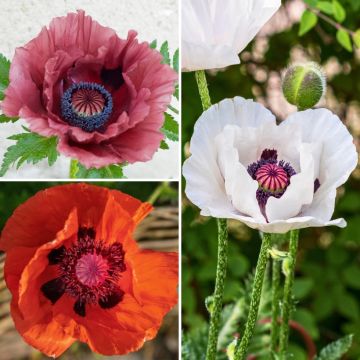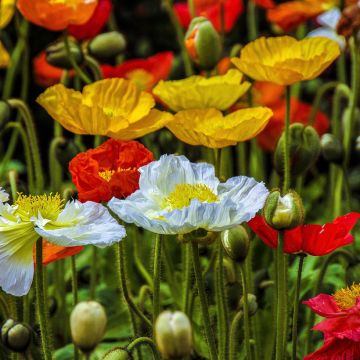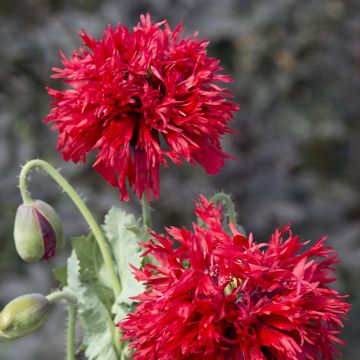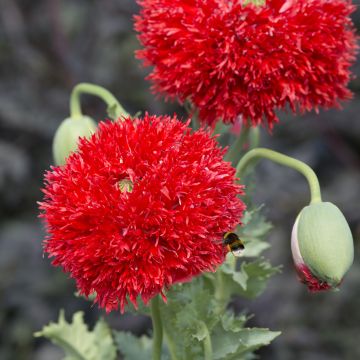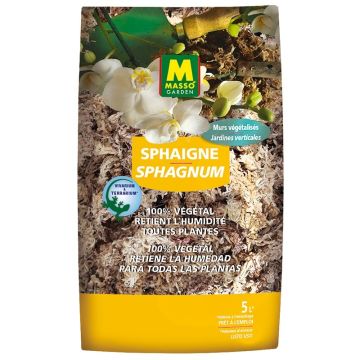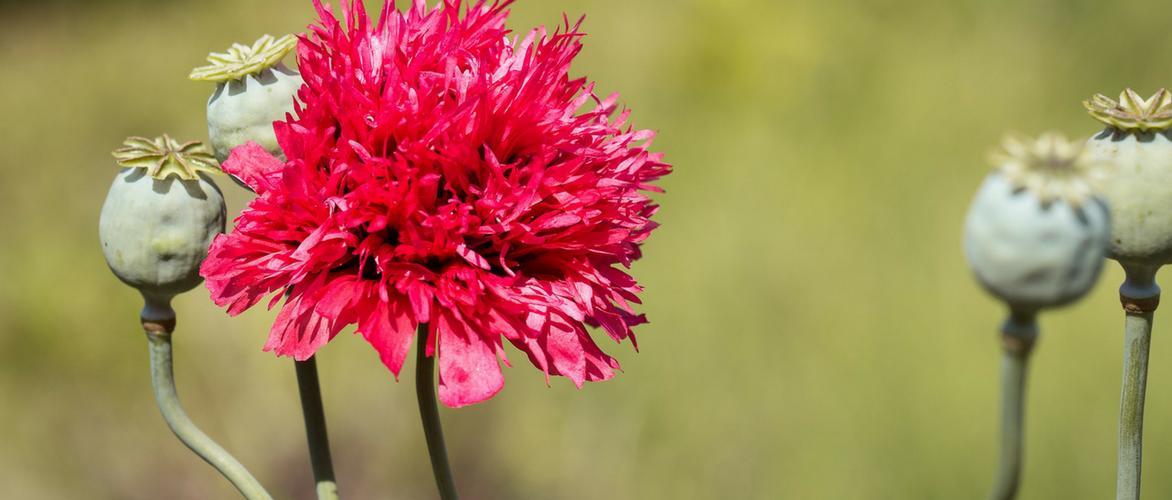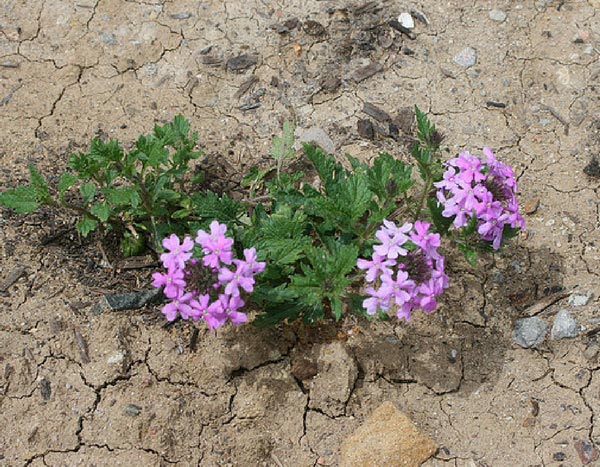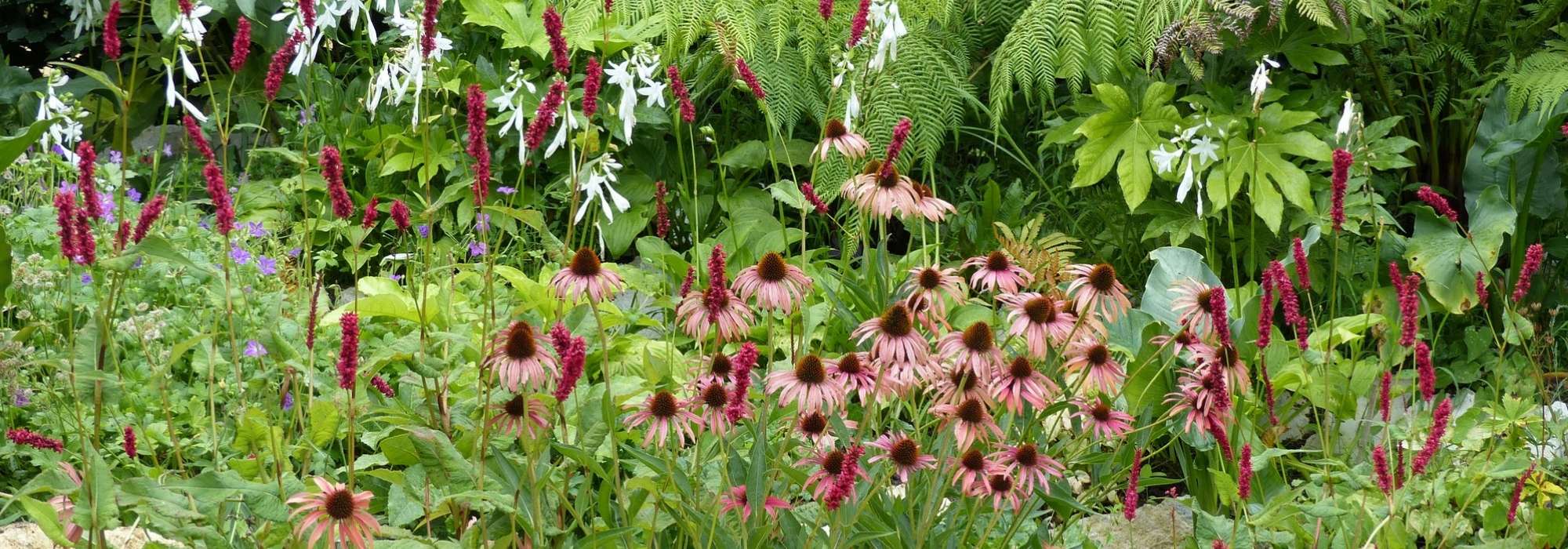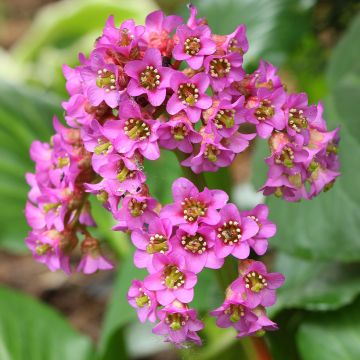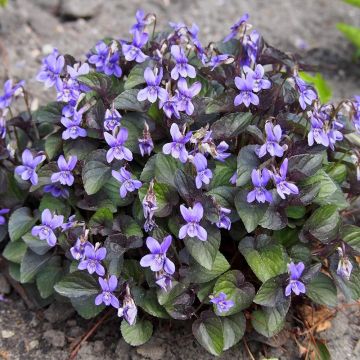

Papaver alpinum - Alpine poppy
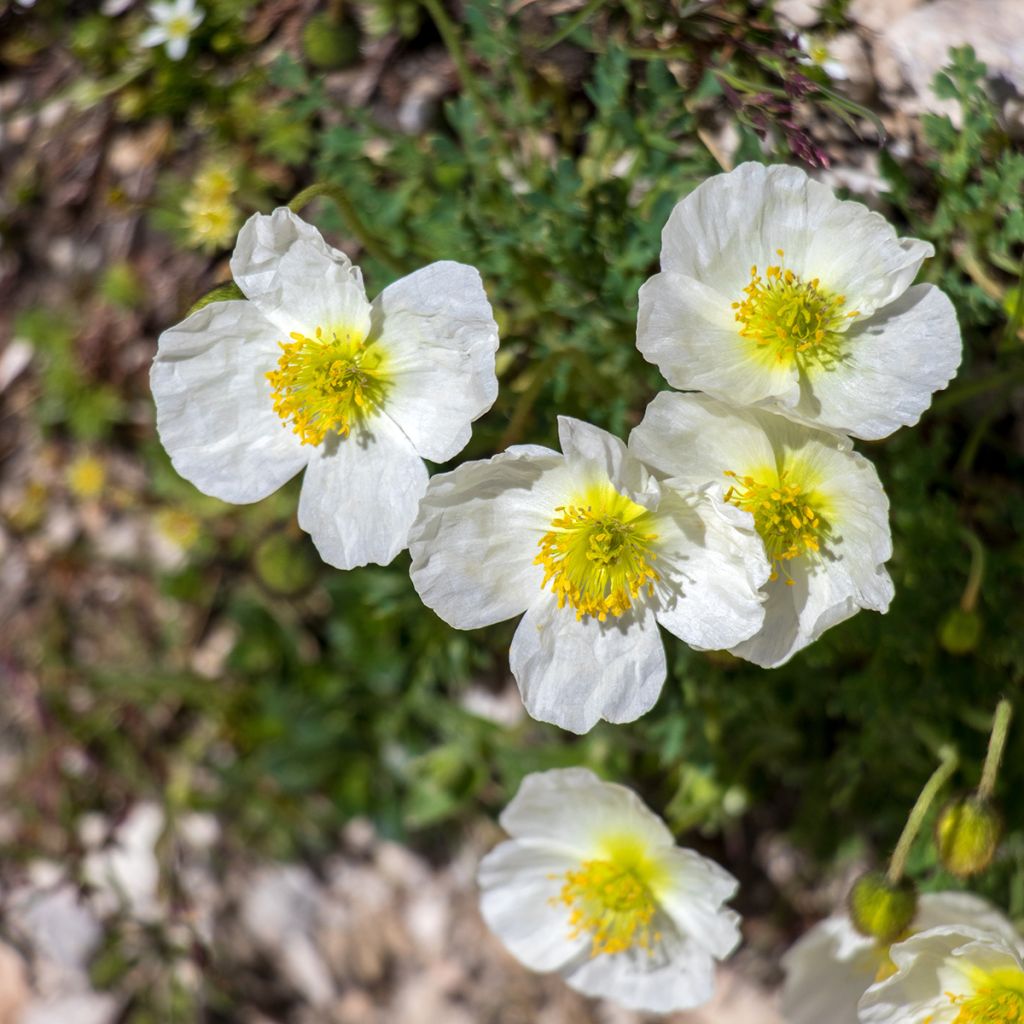

Papaver alpinum - Alpine poppy


Papaver alpinum - Alpine poppy
Papaver alpinum - Alpine poppy
Papaver alpinum
Alpine poppy, Alpine poppy flower
Special offer!
Receive a €20 voucher for any order over €90 (excluding delivery costs, credit notes, and plastic-free options)!
1- Add your favorite plants to your cart.
2- Once you have reached €90, confirm your order (you can even choose the delivery date!).
3- As soon as your order is shipped, you will receive an email containing your voucher code, valid for 3 months (90 days).
Your voucher is unique and can only be used once, for any order with a minimum value of €20, excluding delivery costs.
Can be combined with other current offers, non-divisible and non-refundable.
Why not try an alternative variety in stock?
View all →This plant carries a 12 months recovery warranty
More information
We guarantee the quality of our plants for a full growing cycle, and will replace at our expense any plant that fails to recover under normal climatic and planting conditions.
Does this plant fit my garden?
Set up your Plantfit profile →
Description
The Alpine Poppy, in Latin Papaver alpinum, is a botanical species that grows spontaneously in mountain ranges. This small perennial herbaceous plant appears fragile and flowers in summer in scree and rocky terrain, sometimes well above 2000 m in altitude. Several subspecies have been recorded, with flowers that can be varying degrees of yellow to orange-yellow, or even white, and occasionally red.
Papaver alpinum belongs to the poppy family. It is a species endemic to the European Alps, found from Spain to Bulgaria, through France. There are 4 subspecies: subsp. alpinum with white flowers, from the central and eastern Alps, subsp. kerneri with yellow flowers, from the eastern Alps, subsp. rhaeticum the golden poppy, orange poppy or gold poppy of the French Alps (massifs of Vercors, Dévoluy, and Ventoux), and from the eastern Pyrenees, with yellow or orange flowers, rarely red or white. The last, subsp. sendtneri with white flowers, grows in the central and eastern Alps.
It is a perennial plant with a grass-like crown, covered with upright and flat hairs. Its numerous, fairly dark green leaves, are divided into lanceolate or elliptical segments. They form a very low tuft. The flowering lasts a long time from May-June to July-August depending on the climate. From the tuft of leaves, flower stalks of 20 to 30 cm emerge, devoid of leaves, each bearing a solitary flower at their tip. Each flower has 5 fine-textured petals that form a cup 4-5 cm in diameter around a beautiful cluster of golden stamens. After pollination by insects, a fruit forms which is an obovate capsule, equipped with upright bristles. Like the poppy of our meadows, the Alpine Poppy self-seeds spontaneously wherever it pleases. It is worth noting that this plant is polymorphous, its appearance can vary in nature.
To grow this alpine poppy in the garden, it is essential to provide the conditions it prefers: full sunlight, poor and stony, calcareous soil, where it can drive its root deep. Planting in a rock garden or in a stony bank will be necessary, even at the edge of a raised bed. To accompany it, consider other low rock garden plants that will not smother it: thymes, Antennaria dioica, helianthemums, Echinops, Alpine carline ...
```
Papaver alpinum - Alpine poppy in pictures


Flowering
Foliage
Plant habit
Botanical data
Papaver
alpinum
Papaveraceae
Alpine poppy, Alpine poppy flower
Papaver burseri, Papaver alpinum subsp. kerneri, Argemone pyrenaica, Papaver alpinum subsp. alpinum, Papaver rhaeticum, Papaver alpinum subsp. rhaeticum, Papaver kerneri, Papaver alpinum subsp. sendtneri, Papaver pyrenaicum, Papaver pyrenaicum subsp. rhae
Alps
Other Papaver - Poppies
View all →Planting and care
Plant the Alpine Poppy in full sun, in very well-drained, rocky or gravelly, poor soil, where competition with other plants is very limited. In slightly heavy (clay) soil, you should plant it raised and add 60% gravel to your potting soil, mixed into the planting hole. After flowering, the poppies form seed capsules, allowing the plant to disperse and thus ensuring their longevity. Like many alpine species, this poppy struggles with heatwaves in lowland gardens. On the other hand, its cold resistance is excellent. Its lifespan is not very long.
Planting period
Intended location
Care
Planting & care advice
This item has not been reviewed yet - be the first to leave a review about it.
Similar products
Haven't found what you were looking for?
Hardiness is the lowest winter temperature a plant can endure without suffering serious damage or even dying. However, hardiness is affected by location (a sheltered area, such as a patio), protection (winter cover) and soil type (hardiness is improved by well-drained soil).

Photo Sharing Terms & Conditions
In order to encourage gardeners to interact and share their experiences, Promesse de fleurs offers various media enabling content to be uploaded onto its Site - in particular via the ‘Photo sharing’ module.
The User agrees to refrain from:
- Posting any content that is illegal, prejudicial, insulting, racist, inciteful to hatred, revisionist, contrary to public decency, that infringes on privacy or on the privacy rights of third parties, in particular the publicity rights of persons and goods, intellectual property rights, or the right to privacy.
- Submitting content on behalf of a third party;
- Impersonate the identity of a third party and/or publish any personal information about a third party;
In general, the User undertakes to refrain from any unethical behaviour.
All Content (in particular text, comments, files, images, photos, videos, creative works, etc.), which may be subject to property or intellectual property rights, image or other private rights, shall remain the property of the User, subject to the limited rights granted by the terms of the licence granted by Promesse de fleurs as stated below. Users are at liberty to publish or not to publish such Content on the Site, notably via the ‘Photo Sharing’ facility, and accept that this Content shall be made public and freely accessible, notably on the Internet.
Users further acknowledge, undertake to have ,and guarantee that they hold all necessary rights and permissions to publish such material on the Site, in particular with regard to the legislation in force pertaining to any privacy, property, intellectual property, image, or contractual rights, or rights of any other nature. By publishing such Content on the Site, Users acknowledge accepting full liability as publishers of the Content within the meaning of the law, and grant Promesse de fleurs, free of charge, an inclusive, worldwide licence for the said Content for the entire duration of its publication, including all reproduction, representation, up/downloading, displaying, performing, transmission, and storage rights.
Users also grant permission for their name to be linked to the Content and accept that this link may not always be made available.
By engaging in posting material, Users consent to their Content becoming automatically accessible on the Internet, in particular on other sites and/or blogs and/or web pages of the Promesse de fleurs site, including in particular social pages and the Promesse de fleurs catalogue.
Users may secure the removal of entrusted content free of charge by issuing a simple request via our contact form.
The flowering period indicated on our website applies to countries and regions located in USDA zone 8 (France, the United Kingdom, Ireland, the Netherlands, etc.)
It will vary according to where you live:
- In zones 9 to 10 (Italy, Spain, Greece, etc.), flowering will occur about 2 to 4 weeks earlier.
- In zones 6 to 7 (Germany, Poland, Slovenia, and lower mountainous regions), flowering will be delayed by 2 to 3 weeks.
- In zone 5 (Central Europe, Scandinavia), blooming will be delayed by 3 to 5 weeks.
In temperate climates, pruning of spring-flowering shrubs (forsythia, spireas, etc.) should be done just after flowering.
Pruning of summer-flowering shrubs (Indian Lilac, Perovskia, etc.) can be done in winter or spring.
In cold regions as well as with frost-sensitive plants, avoid pruning too early when severe frosts may still occur.
The planting period indicated on our website applies to countries and regions located in USDA zone 8 (France, United Kingdom, Ireland, Netherlands).
It will vary according to where you live:
- In Mediterranean zones (Marseille, Madrid, Milan, etc.), autumn and winter are the best planting periods.
- In continental zones (Strasbourg, Munich, Vienna, etc.), delay planting by 2 to 3 weeks in spring and bring it forward by 2 to 4 weeks in autumn.
- In mountainous regions (the Alps, Pyrenees, Carpathians, etc.), it is best to plant in late spring (May-June) or late summer (August-September).
The harvesting period indicated on our website applies to countries and regions in USDA zone 8 (France, England, Ireland, the Netherlands).
In colder areas (Scandinavia, Poland, Austria...) fruit and vegetable harvests are likely to be delayed by 3-4 weeks.
In warmer areas (Italy, Spain, Greece, etc.), harvesting will probably take place earlier, depending on weather conditions.
The sowing periods indicated on our website apply to countries and regions within USDA Zone 8 (France, UK, Ireland, Netherlands).
In colder areas (Scandinavia, Poland, Austria...), delay any outdoor sowing by 3-4 weeks, or sow under glass.
In warmer climes (Italy, Spain, Greece, etc.), bring outdoor sowing forward by a few weeks.
































